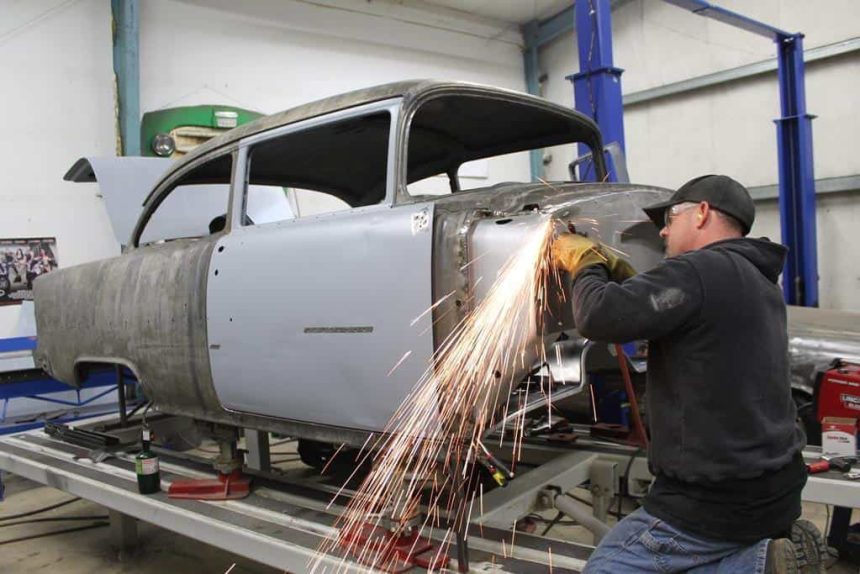People often dream of buying an iconic classic car and restoring it to its former glory. The idea of a long-term restoration project can be both exciting and romantic, whether you are either retired or in high school.
Still, there are important factors to consider when choosing the car that you plan to spend thousands of dollars and hundreds of hours restoring. If you are thoughtful, the project will bring a lot of satisfaction. Carelessness, on the other hand, will result in crushing disappointment and wasted money.
- Find a Car Likely to Retain Value
The number of old cars in need of restoration is almost immeasurable. The vast majority of those cars are not worth much, and won’t ever be valuable no matter how carefully they are restored. So, avoid settling on a specific model impulsively.
Do some research to find out which models are more valuable after they have been restored. It might cost you more to buy a car with appreciation potential, but keep in mind that the cost of the car is just a small component of the total cost of the project. From the engine to finish touches like trim and car mats – there are lots of cost.
- Be Wary of Rust
You may discover that the car’s chassis has been eaten away by rust depending on where the car has spent its life. Rust damage not only takes up much time to repair, but it also requires replacement of the steel body panels.
If the car you buy has a lot of rust damage, here are some of the things you will have to do: stripping the whole chassis, sand blasting every inch of metal, cutting off the unrepairable sections and welding new replacement sections. If you are fortunate enough, you can purchase replacement panels from aftermarket manufacturers. Otherwise, you will need to fabricate them yourself from sheet metal.
Rust repair is definitely not for everybody, so you should always know what you are getting into.
- Find a Car That Actually Runs
If you buy a car that not only starts but also runs, you will significantly reduce the chances of time-consuming and expensive mechanical repairs.
It can be highly risky to buy a car that doesn’t run and has been sitting for a decade. At best, you might require a new starter, battery, or fuel pump. At worst, you may have a seized engine that will have to be either replaced or rebuilt.
- Ensure Availability of Replacement Parts
Your restoration project can be stopped dead in its tracks by a shortage of replacement parts. If you buy a car that’s especially scarce, you might not find any aftermarket replacement parts and the used parts you may find will most likely be incredibly expensive. To make sure that the restoration stays on budget and goes smoothly, ensure that replacement parts will not be a major stumbling block.
- Bring in an Expert
If you know a person that knows about car restoration, bring him/her along to look at a potential purchase. It is always great to get feedback from somebody with more experience in restorations like Whites Bodyworks. Feedback from an expert with a critical eye will save you both time and headaches later on.















